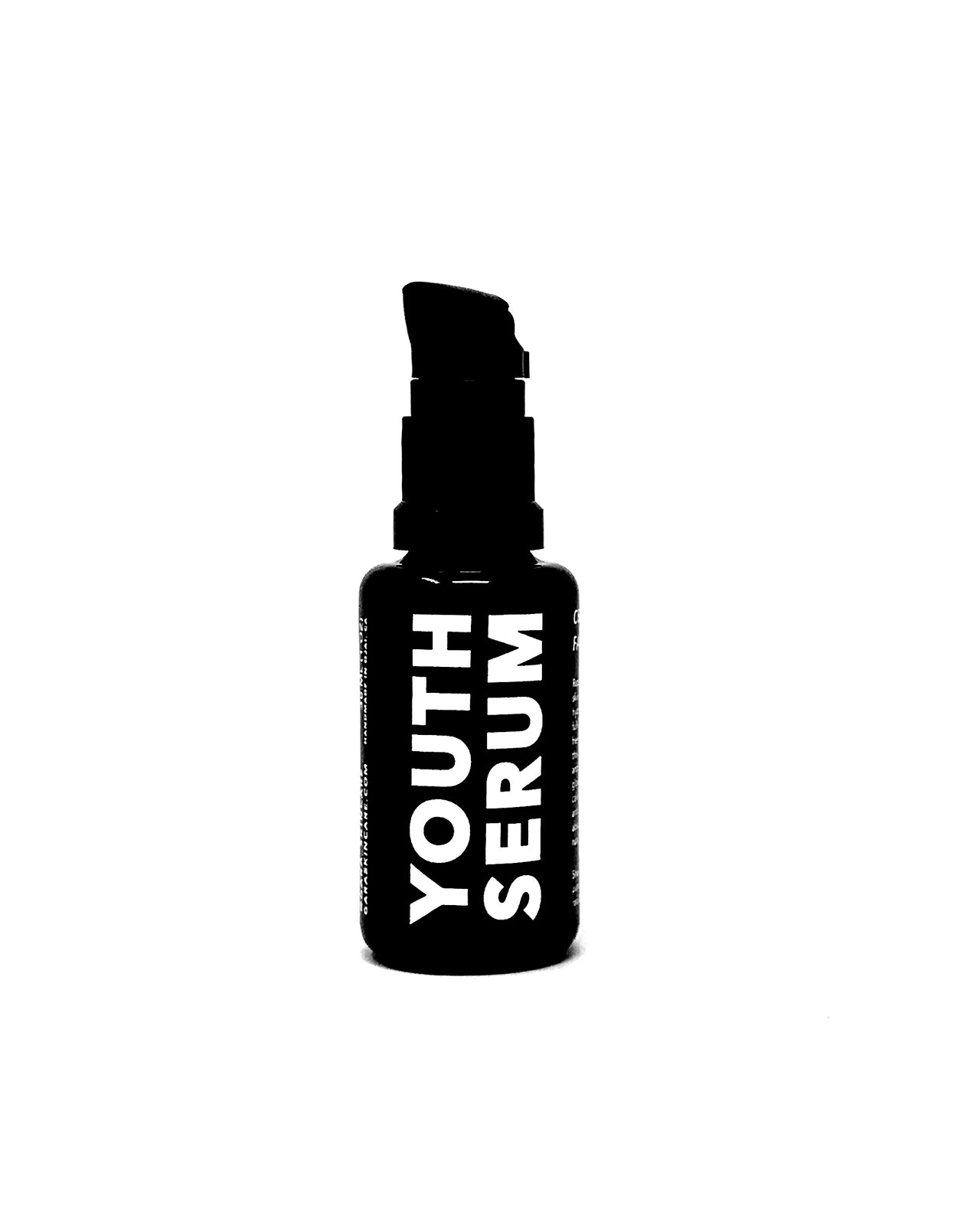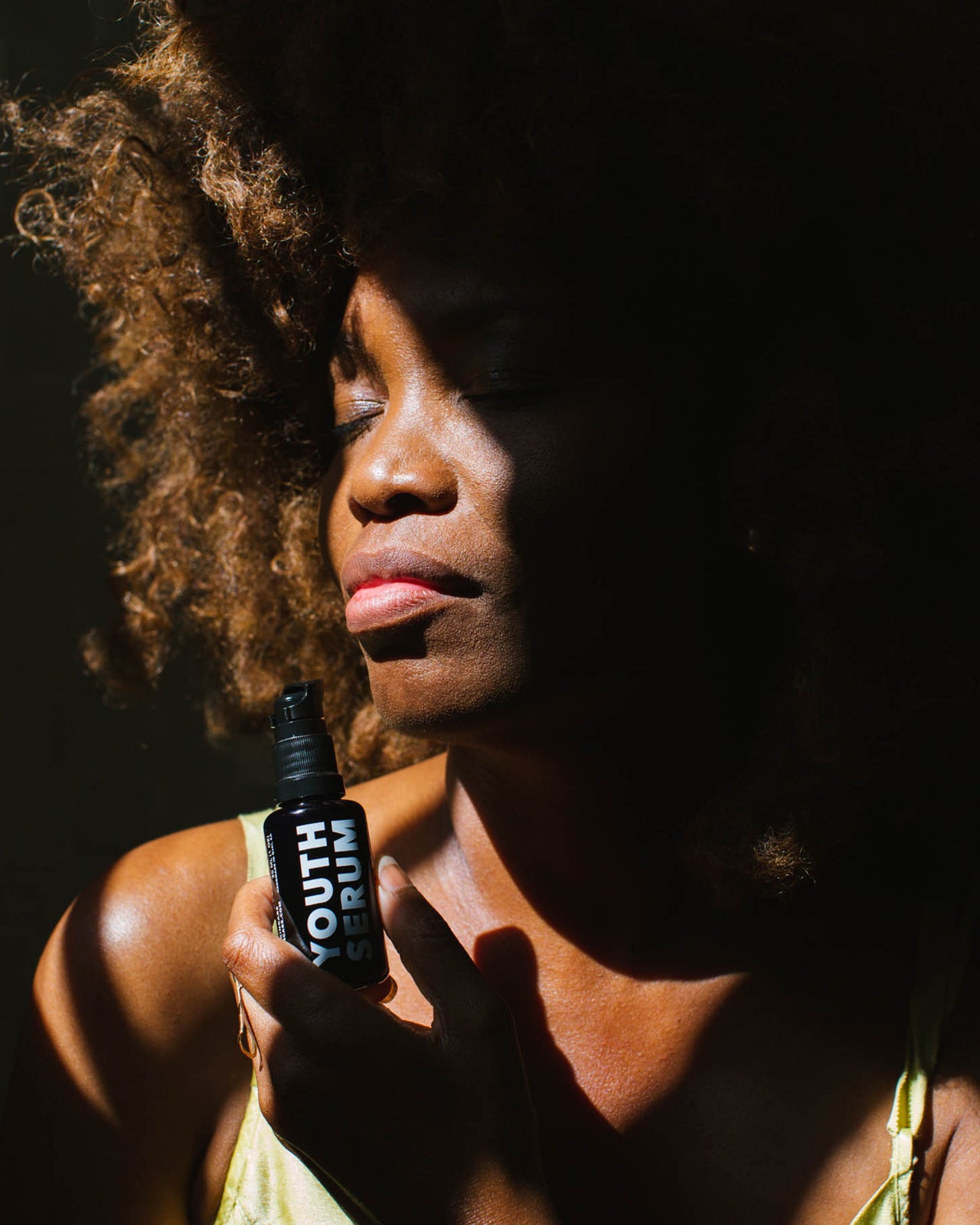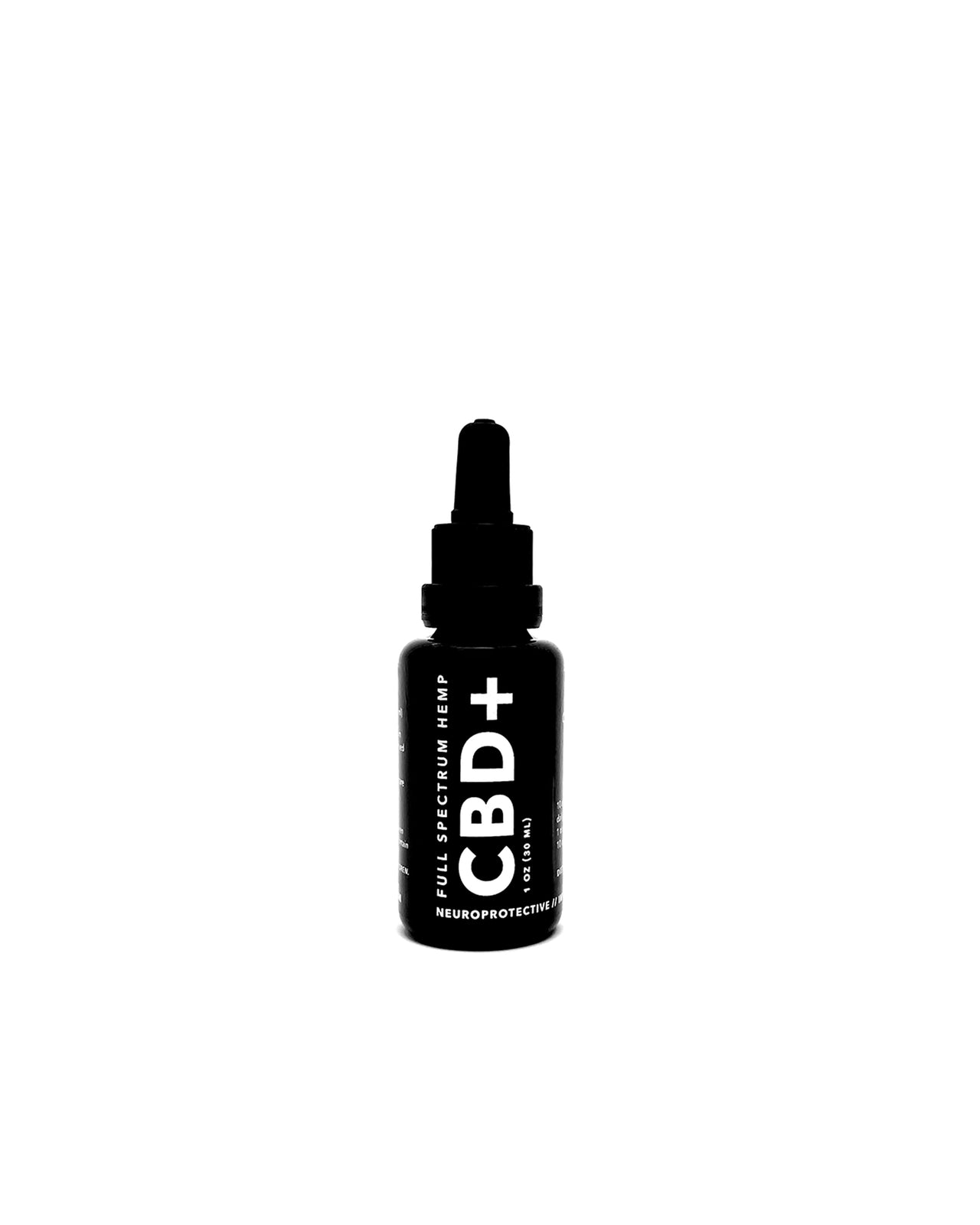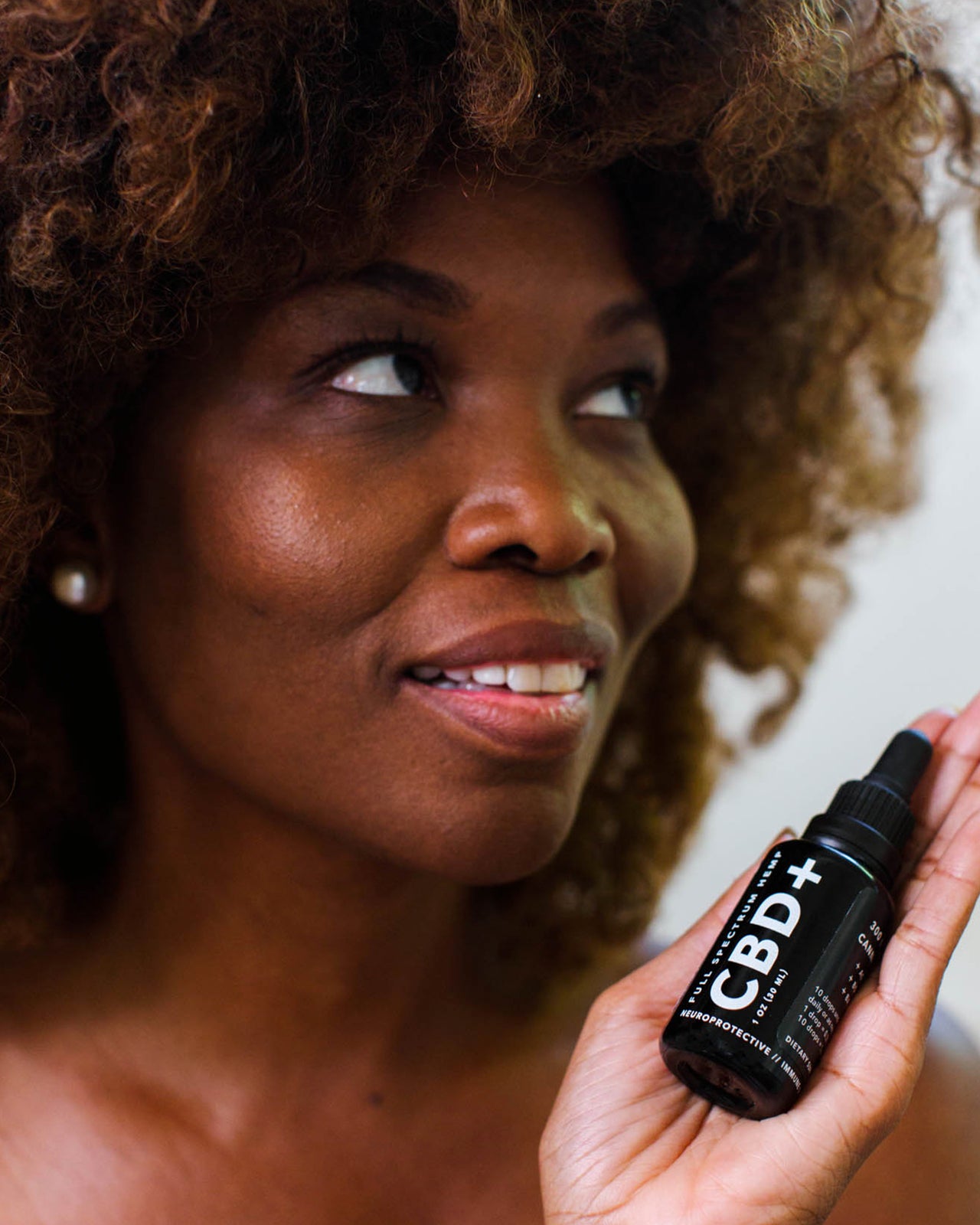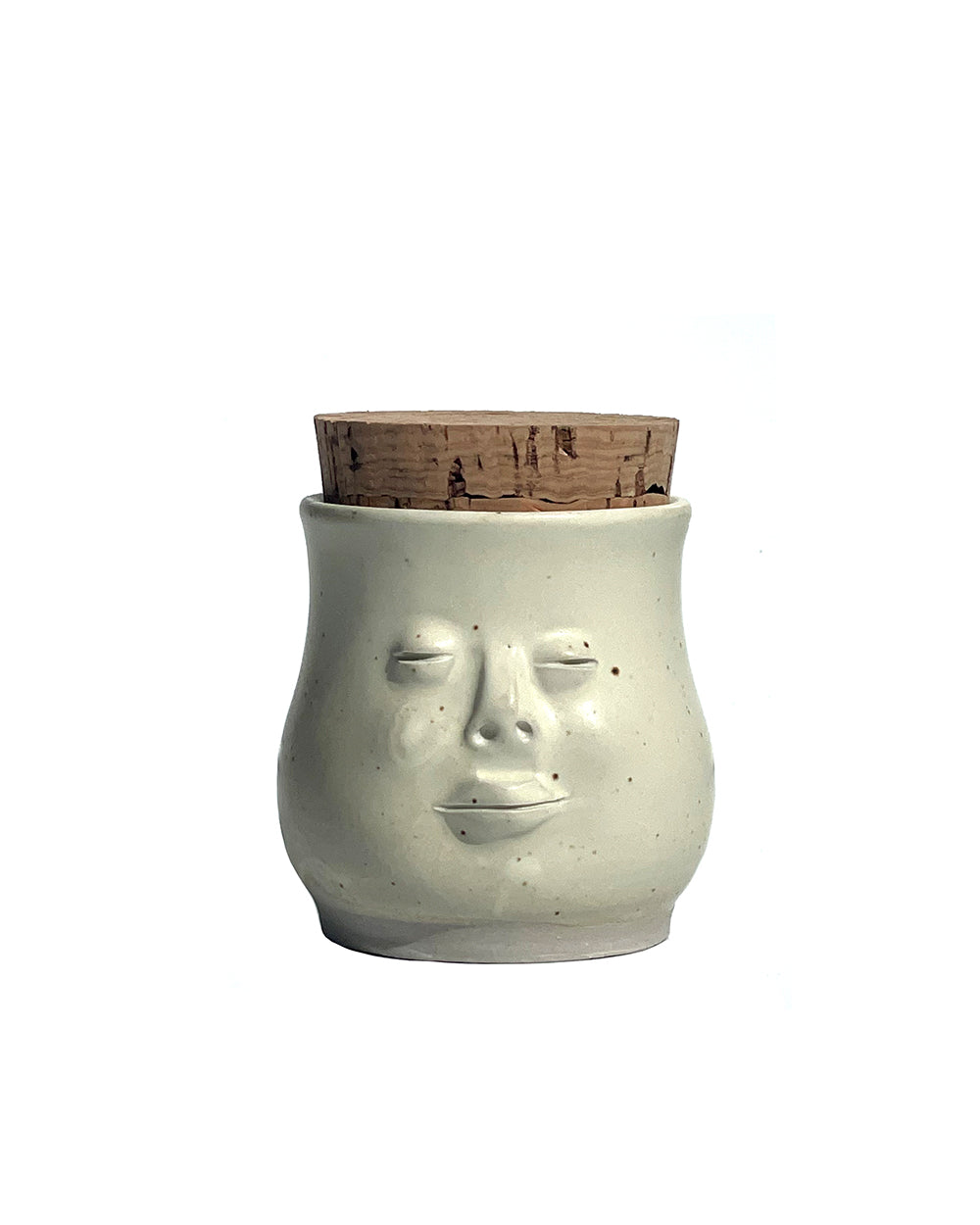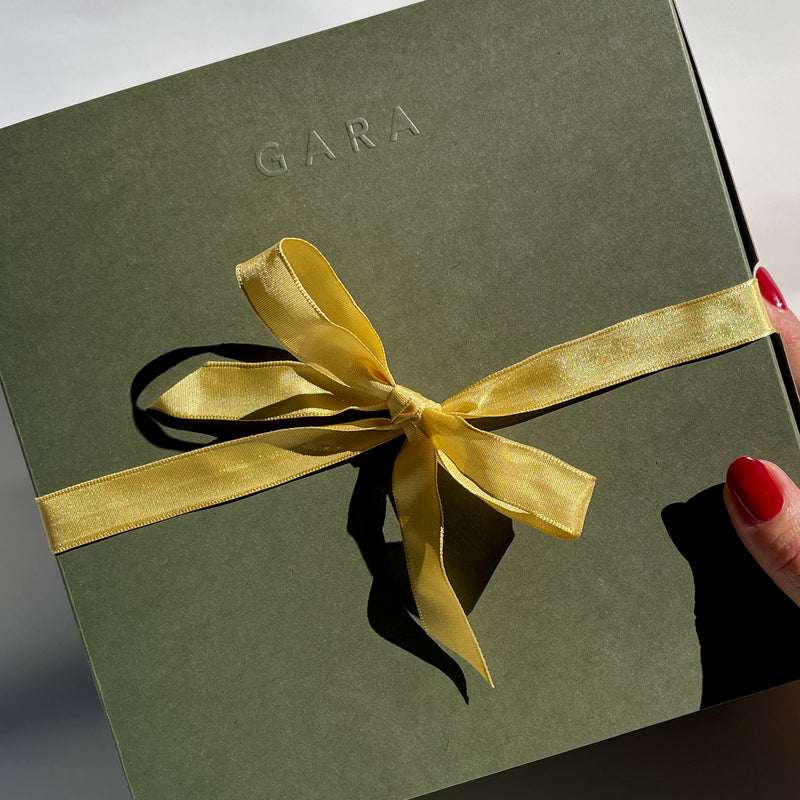Hi all, it's me, Emilee, sending you a virtual hug from this tiny screen today. We are all working through this historical time, day by day. I don't have the words to describe what IT actually is. One could easily agree, it's a pivotal moment for us all, both personally and globally.

The garden has been my sanctuary. I always feel a sense of belonging with the plants, but each day, I find our relationships deepening. I've began a more structured herbalism study, both in the garden and in the classroom. I feel the potent energy of the time, the urge to lean into nature. For me personally, the last 10 years have been a learning process, a new way of being. The deeper I go into the process, the plants, the alchemy, the more I realize, I have some much more to learn.
The garden gives us many gifts, in the form of physical healing, beauty, aroma, and nourishment. It also gives us the gift of purpose, of the drive for continual learning that is required to work in the plant realm. The garden shapes our perspective, not just about plants, but about the world we live in. It holds the knowledge of our ancestors, the knowledge of ourselves and the antidotes to many common ailments. It is a living library, teaming with life that seems to exist multidimensionally. A harmony and a balance only achieved after years of work, often blood, plenty sweat and tears. And even then, the garden requires attention and care. It’s the perfect metaphor for life.
|
“Happy is she who hath the power, to gather wisdom from a flower” - Mary Howitt |
I recently started Rosemary Gladstar’s home study course, The Art and Science of Herbalism. It’s an older version of the course, gifted to me by a dear friend and mentor for further study. Her philosophy resonates with my own personal experience, “an ounce of prevention is worth a pound of cure.” I admire her promotion of the personal plant experience as an essential part of an herbalist’s practice. One would never recommend an herb that he/she hasn’t used themselves. She encourages each herbalist to develop a relationship with the living plants they work with and recommend. Herbalism is a way of being, a culmination of study and experience with plants cultivated with your own two hands.

In the United States, the practice of herbalism as medicine is not recognized as a healing modality, thus there is no legal certification or licensure for herbalists. Most herbalists in the US work through an apprenticeship with an experienced herbalist and additional courses are essential to safely understand the basic principles and practices. I suppose this is another reason why I’ve been drawn to the art of herbalism.
Unlike other medical professionals, herbalists can create and recommend a variety of different herbs and methods. As there is no required licensure, they have the freedom and ability to work specifically with each patient. They are not confined to the dogma of the licensing body and are only limited by their own personal expertise. Many of the recognized expert herbalists today, got their starts, as most herbalists do, in their own gardens. I do want to stress the importance of formal training, experience and education. Plants contain powerful, and often, toxic chemicals and the practice should not be taken lightly. It is one of the healing modalities that requires above all, a love and respect for the exquisite power of plants.
I am just beginning my journey of herbalism. It’s almost as if I was preparing all along, the past few years, for the beginning of this formal study. It was cannabis that first brought me into the world of plant medicine, and now, I send out a call for her.

It is time for cannabis to be welcomed into the modern garden and medicine cabinets of the herbalists and homesteaders. It is time to break down the barriers, stereotypes, and flat out falsehoods of prohibition and integrate the extensive modern medical research this plant has been shown to offer. We live in a time which identified the endocannabinoid system, an integral and essential metabolic system in nearly all mammals. We’ve learned more about the other systems of the body (including immune, endocrine, digestive and nervous systems) through the discovery of the ECS. It actually IS the system which proves the body works holistically, as an entire mechanism to achieve homeostasis.
The ECS is a complex network of receptors found in nearly all metabolic systems in the body. Its sole job is to bring balance and homeostasis. For an herbalist, this system should be recognized and seen to be as important as the nervous system. One could argue, for an herbalist, this might be the MOST important system. It has the power to amplify and work synergistically with other herbs. The ECS can also be stimulated by other herbs such as helichrysum, rosemary and lavender. It has even been speculated that some herbal remedies may be interacting with the ECS to produce many of their “well-known effects”. The ECS is an amazing tool, a truly essential system to understand when looking at the body holistically.
Like all other medicinal herbs, cannabis has a recorded medicinal history and up until the last 120 years, was used and recommended by health practitioners around the world. Not only do we access to its historical use, the modern clinical research surrounding this plant has recently accelerated. On average, 11 studies per day, worldwide, are published on the topic of cannabinoids and the ECS. So here we have the opportunity for an alchemical wedding – the historical use and modern research complied to create the Materia Medica of Cannabis.
A BRIEF HISTORY
The oldest recorded historical use of hemp cords in pottery were discovered near Taiwan, dating back to 8000 BC. In 6000 BC, the seeds and oil were being used as food and the fiber was used to make textiles in China. By 4000 BC, it was farmed as a major food crop and was regarded as one of the five staple grains in China.
The earliest recorded use of cannabis as medicine dates back to 2700 BC by Emperor Shen Neng of China who recognized its treatment properties for over 100 ailments such as gout, rheumatism, and malaria.
By 2000 BC, a mixture of dried leaves, seeds and stems called Bhang, is mentioned in the Hindu sacred text Atharvaveda (Science of Charms) as "Sacred Grass". This herb is one of the five sacred plants of India and is used by medicinally and ritually as an offering to Shiva.
From 2000 – 1000 BC, it was also used in Ayruvedic Medicine. The plant was used as a religious sacrament, which allowed for exploration of its medical benefits. During this time, it was also used to care for a variety of ailments such as epilepsy, rabies, anxiety, and bronchitis.
In 1550 BC, the Egyptian medical papyrus of medical knowledge notes that cannabis can be used to calm inflammation. The pollen was recovered from the mummy of Ramesses II, the Egyptian pharaoh who was mummified after his death in 1213 BC.
By 900 BC, it was used extensively in the middle east by the Assyrians who used it for its psychotropic effects. They explored both recreational and medicinal use of the plant.
The famous physician Dioscorides prescribed cannabis for toothaches and earaches. Another Greek physician, Claudius Galen, noted it was widely used throughout the empire. Women of the Roman elite also used the plant to alleviate labor pains and menstrual cramps.
In 207 AD, Hua T’o was the first physician to describe cannabis as an analgesic. He recorded its use and prescribed a mixture of the flowers and wine to anesthetize patients before surgery.
It was in 1000 AD, when Arabic scholars al-Mayusi and al-Badri describe cannabis as an effective treatment for epilepsy.
Just a few decades later, 1025 AD, the Persian medical writer, Avicenna, publishes “Avicenna’s Canon of Medicine.” In this text, he states that it is an effective treatment for gout, edema, infectious wounds, and severe headaches. His work was widely accepted and studied for centuries after his death. Avicenna’s work had a lasting impact on Western medicine.
By 1300 AD, the plant was cultivated on many continents for both food and medicine. Arab traders bring seeds from India to East Africa, where it takes root and is makes its way inland. It was regarded as an effective treatment for malaria, asthma, fever and dysentery.
It was the Spanish who brought the hemp plant to the Americas in 1500 AD to be used for rope and cloth. It was years later before it was used medicinally or recreationally.
Hemp was essential to the founding of the United States. In the 1620s, Jamestown mandated that all farmers to grow hemp seed. It eventually became legal tender and taxes were often paid with hemp. Between the 17th and 18th centuries, it was illegal NOT to grow crops in some areas.
Thomas Jefferson received the first United States patent; A hemp threshing machine. He also wrote about the advantages of hemp over tobacco as a recreational pastime.
Benjamin Franklin owned one of the first paper mills that processed hemp into parchment. The Declaration of Independence, Thomas Paine’s “Common Sense”, the Federalist (and Anti-Federalist) Papers, the Articles of Confederation, and of course the United States Constitution are all written on hemp paper.
It was in the 1839, when the Irish doctor William O’Shaughnessy introduced cannabis to the world of Western medicine. He performed and recorded much of its medicinal use and concluded it had no negative medicinal effects. He also found that flower extracts could help lessen stomach pain and vomiting in people suffering from cholera. His sole contribution to its medicinal use sparked interest in physicians and pharmacologists in the west. The use of this plant as a pharmaceutical medicine rose rapidly after O’Shaughnessy’s work.
By 1853, cannabis is officially added to the US Pharmacopeia, and widely used until earth 20th century.
The pharmaceutical use of this plant comes to a halt in 1915 with the passing of the Harrison Act, which defined the use of “marijuana” as a crime, followed by sweeping state by state prohibition. First California, then Texas (1919), Louisiana (1924) and so on.
By 1936, Reefer Madness had set in with the help of Harry Anslinger, which laid the groundwork for the Marijuana Tax Act which was passed in 1937.
*It is important to note that the term “marijuana” hadn’t been used in reference to cannabis until 1910. The exact origins of the term are unknown but seemingly coincides with the rise of prohibition. As this term has been used in a derogatory manor, we will use its botanical name of cannabis. It’s also important to note that there are significant differences in the genius, but we’ll get to that later.
In 1941, after nearly 100 years of use, cannabis is removed from the US Pharmocopiea and its medicinal use is no longer recognized in the United States. The rise and fall of this plant for both medicine and fiber were not only happening in the US, but also abroad. Countries such as Britan and Greece banned the use of cannabis around 1927 while Lebanon and Chinese Turkestan ban the production of hashish.
In 1969, the chemical compound Tetrahydrocannabinol (THC) was isolated by Raphael Mechoulam and Yeichiel Gaoni at the Weismann Institute of Science in Israel. This discovery sparked new interest and international research but did not gain much recognition in the US.
President Richard Nixon signed into law the Controlled Sunstances act of 1970. Nixon repealed the Marijuana Tax Act and listed “marijuana” as a Schedule 1 drug – stating it has no medicinal use and poses a high potential for abuse. This sparked the creation of anti-drug programs such as D.A.R.E. which touted cannabis as a “gateway drug.” And so, began the “war on drugs.”
In 1972, the Shafer commission urges congress to reevaluate legalization. They publish a report titled: “Marijuana: A Signal of Misunderstanding,” which argues for “partial prohibition.”
By 1977, President Carter once again pushed for de-criminalization with the president himself asking Congress to abolish federal criminal penalties for those caught with less than one ounce of “marijuana”.
In 1992 in Jerusalem, Dr. Lumir Hanus and American researcher Dr. William Devane discovered the endocannabinoid anandamide – a cannabinoid similar to THC produced in the human body. They later uncovered a second-major endocannabinoid, 2-arachidonoylglycerol (2-AG) and went on to identify the less known endocannabinoids; homo-gamma-lineleoul ethanolamide, docosatetraenoul ethanolamide (DEA), and noladin ether (2-AGE). This eventually led us to the identification and study of the endocannabinoid system – named after the cannabinoids found in both the cannabis plant and in the human body.
It is not until 1996, when California passed the Compassionate Use Act, that cannabis prohibition slowly began to crumble. California became the first state to legalize medical marijuana for use by people with severe or chronic illnesses.
Significant strides have also been made in the legalization of hemp cultivation in the US over the last 10 years. Agricultural hemp cultivation was allowed on an experimental basis by the federal government though the passing of the Agricultural Act of 2014. Since then, its provisions were incorporated in the 2018 United States farm bill that became law on December 20, 2018. Hemp cultivation is once again legal in the United States!
We now have 47 out of 50 states that all some form of medical cannabis (CBD included) yet cannabis is still considered to be a Schedule 1 drug – meaning it has no medicinal value – by the federal government.
We are in the final stages of legalization and the next step is removing cannabis from the Controlled Substances Act, releasing the thousands who are incarcerated for cannabis-related "crimes" and integrating this herb into our personal and professional medical cabinets.

As our ancestors recognized the importance of cannabis, I invite you to work with this wonderful herb. Create a relationship with the plant, make your own medicine. Try a new extraction, make a tincture or an oil. If you are able, grow a plant from seed. She’s a wonderful garden companion, a giver by nature for the soil and air that surrounds her. Welcome her into your life. She’s a powerful plant teacher. Her healing goes beyond the physical, into the depths of our unconscious imaginations. You can venture with her in either world, the physical healing or working deeper with her on a higher plane of the mind and spirit.


